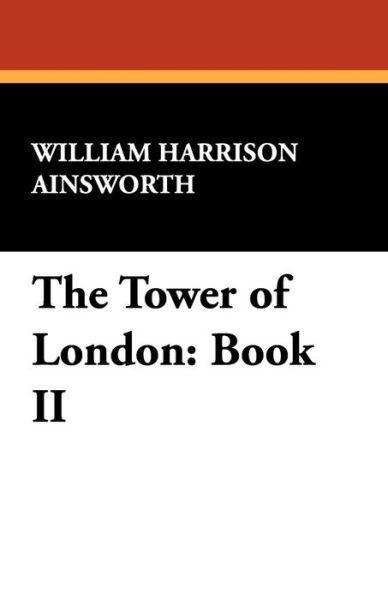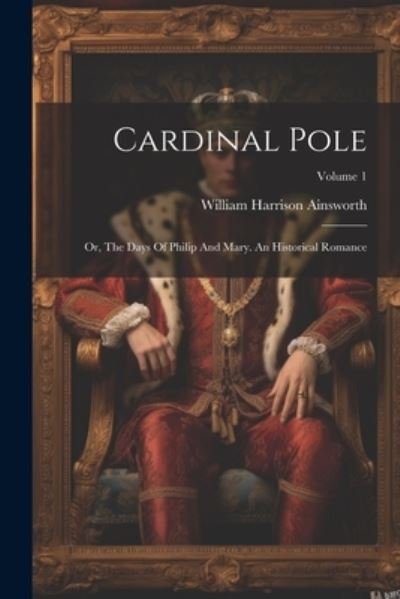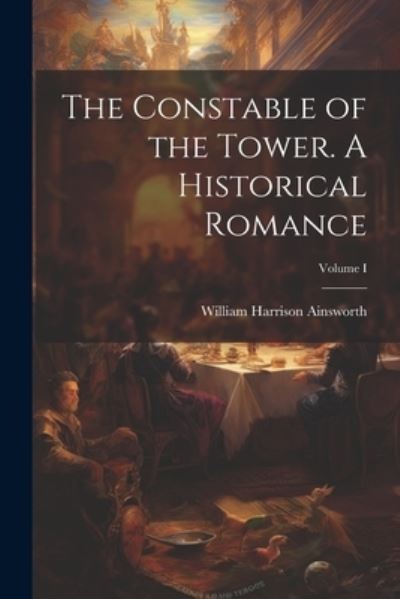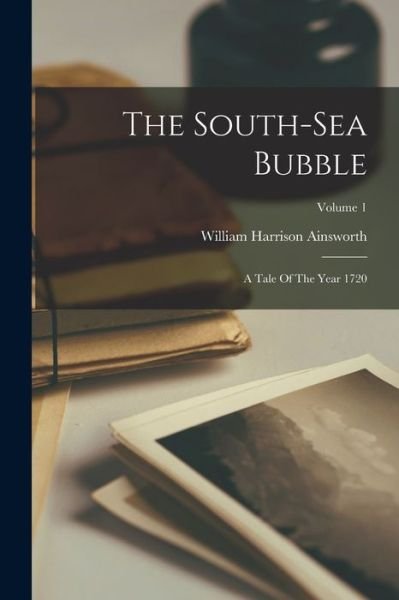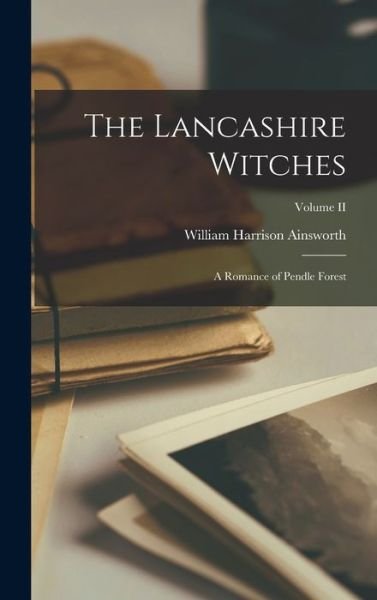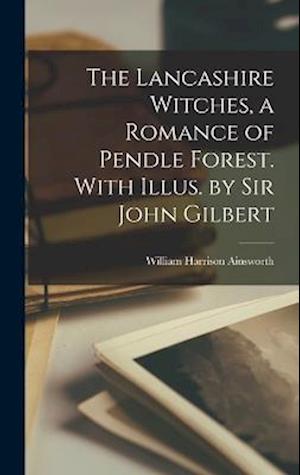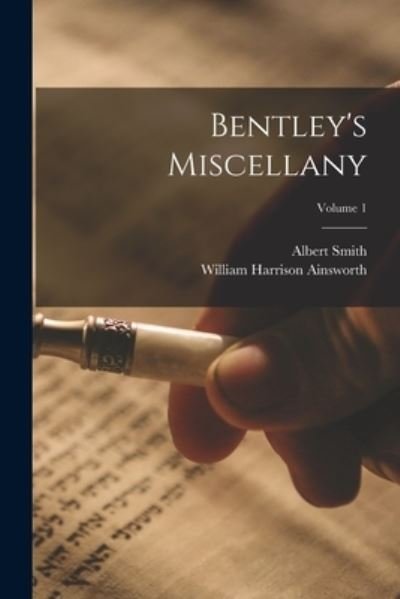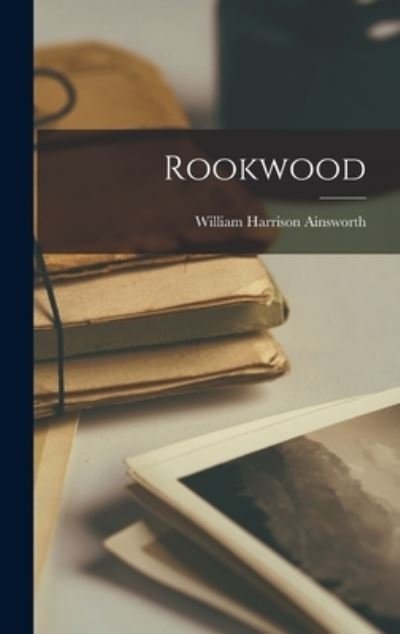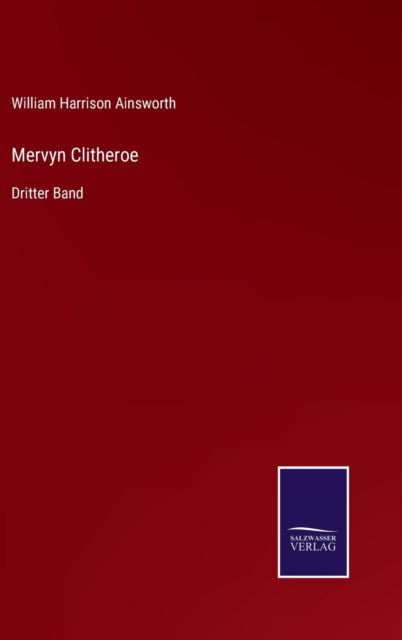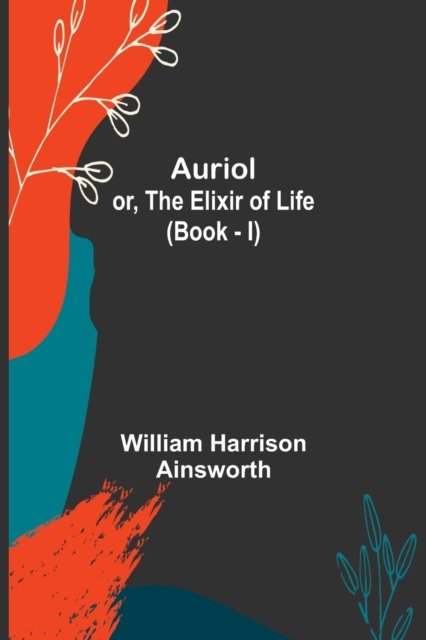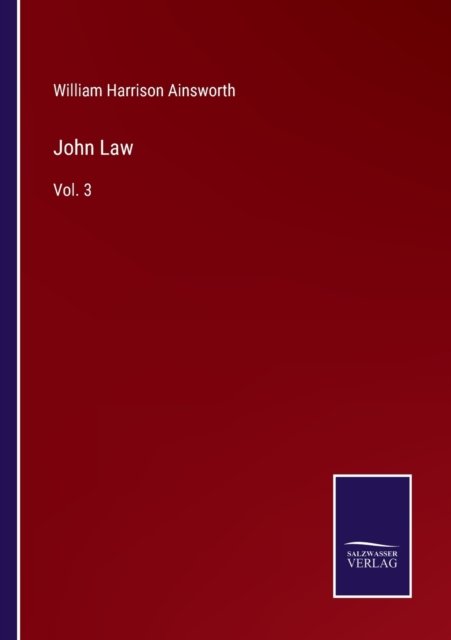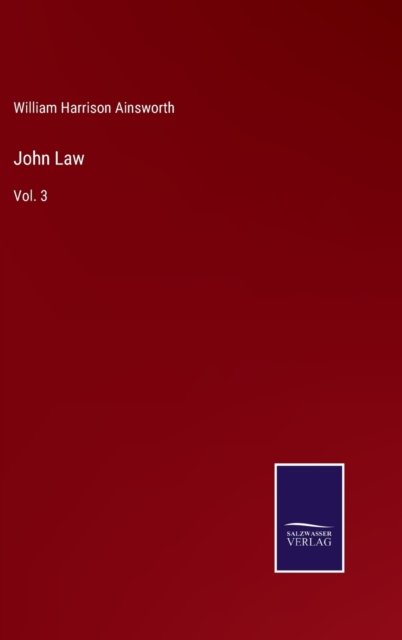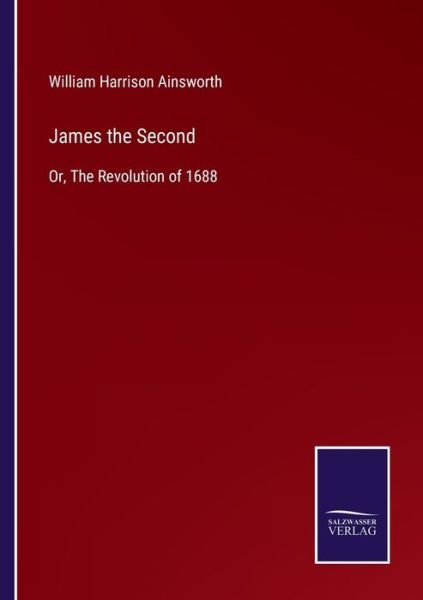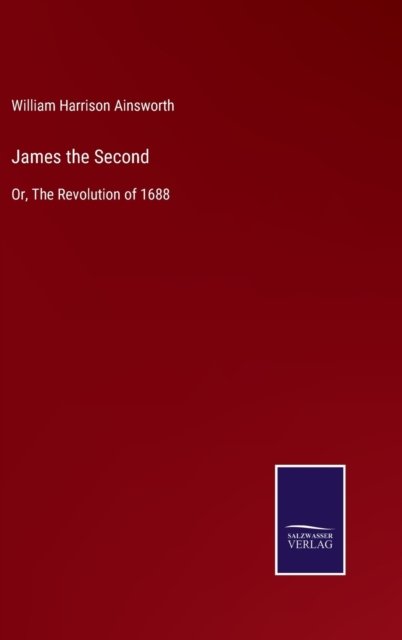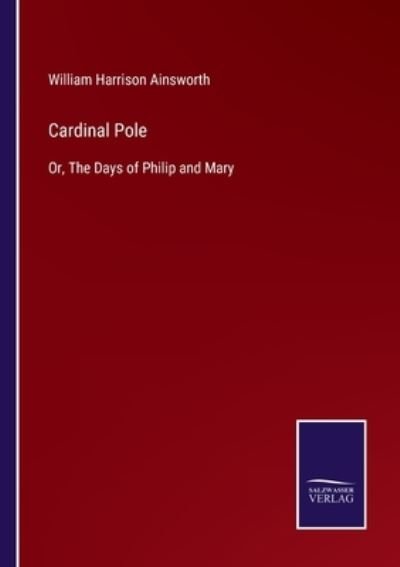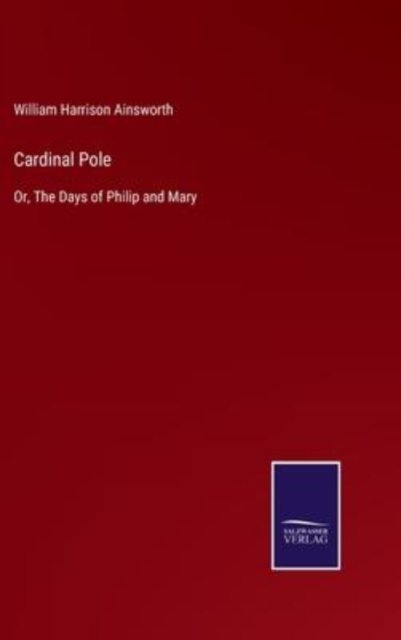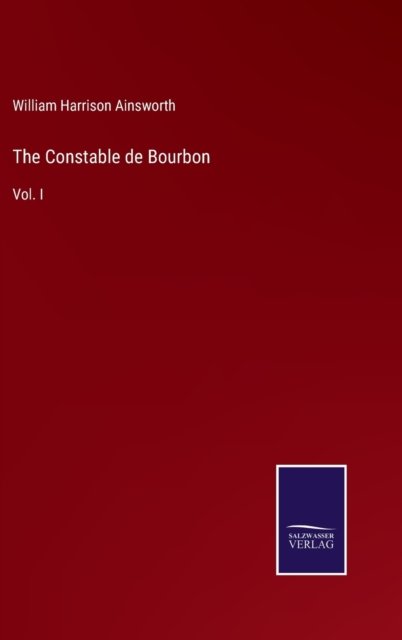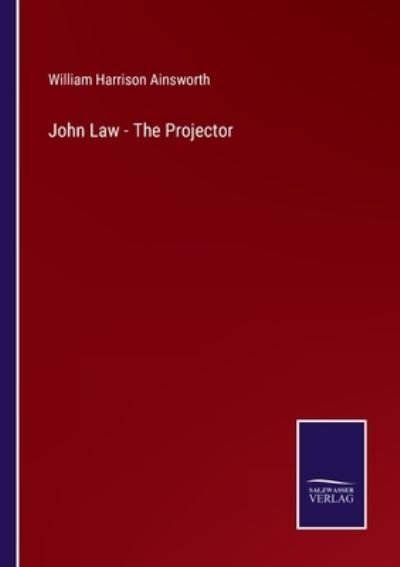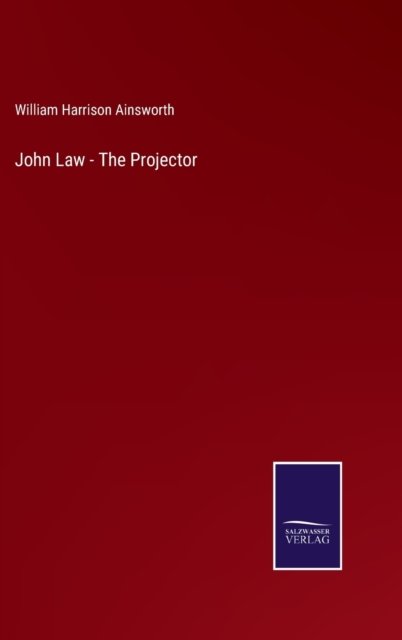![Windsor Castle: an Historical Romance. [with Three Plates by G. Cruikshank.] - William Harrison Ainsworth - Books - British Library, Historical Print Editio - 9781241362485 - March 1, 2011](https://imusic.b-cdn.net/images/item/original/485/9781241362485.jpg?william-harrison-ainsworth-2011-windsor-castle-an-historical-romance-with-three-plates-by-g-cruikshank-paperback-book&class=scaled&v=1434892978)
Tell your friends about this item:
Windsor Castle: an Historical Romance. [with Three Plates by G. Cruikshank.]
William Harrison Ainsworth
Windsor Castle: an Historical Romance. [with Three Plates by G. Cruikshank.]
William Harrison Ainsworth
Publisher Marketing: Title: Windsor Castle: an historical romance. [With three plates by G. Cruikshank.]Publisher: British Library, Historical Print EditionsThe British Library is the national library of the United Kingdom. It is one of the world's largest research libraries holding over 150 million items in all known languages and formats: books, journals, newspapers, sound recordings, patents, maps, stamps, prints and much more. Its collections include around 14 million books, along with substantial additional collections of manuscripts and historical items dating back as far as 300 BC. The FICTION & PROSE LITERATURE collection includes books from the British Library digitised by Microsoft. The collection provides readers with a perspective of the world from some of the 18th and 19th century's most talented writers. Written for a range of audiences, these works are a treasure for any curious reader looking to see the world through the eyes of ages past. Beyond the main body of works the collection also includes song-books, comedy, and works of satire. ++++The below data was compiled from various identification fields in the bibliographic record of this title. This data is provided as an additional tool in helping to insure edition identification: ++++ British Library Ainsworth, William Harrison; Cruikshank, George; 1847. x. 324 p.; 8 . 12620.e.7. Contributor Bio: Cruikshank, George On Friday, February 7, 1812, the famous Victorian literature author, Charles John Huffam Dickens was born. Raised by parents John and Elizabeth, Charles began his life in a middle class home in the No. 1 mile end Terrace of Landport, Portsmouth, England. As a young boy, Dickens was taught to read by his mother and was formally educated between the ages of 9 and 15. Charles' father considered him to be a 'young prodigy.' He was often sent to tell stories to clerks at the navy pay office, where his father worked. At the age of 12, Dickens father was imprisoned for debt. As a means of helping his mother support his 7 brothers and sisters, Charles was removed from school and sent to work at a boot blacking factory. Earning very little money and surviving off of small portions of food, Charles was forced to live in the attic of a woman's home while the rest of his family resided in prison with their father. After his father was released from prison, Charles chose to continue his life in the work force and held jobs at a lawyer's office and also as a reporter. During his time as a reporter, Dickens' writing career began to lift off. His first published story, A Dinner at Poplar Walk, was printed when he was only 21 in Monthly Magazine in December of 1833. With a new career as an author, Dickens began to write numerous short stories and novels which were published in either weekly or monthly segments in newspapers and magazines. As he began to become more and more well known, Dickens chose the name "Boz" to sign his works. Later in his career, Charles met Catherine Hogarth and quickly fell in love. The two were wed on April 2nd, 1836. Although their relationship was not without its ups and downs, the pair had 10 children together. In 1858, Charles and Catherine separated, but they continued to live together until her death 20 years later. Throughout his career, Dickens wrote 15 novels and many short stories. Growing up in the height of the Industrial Revolution, many of Dickens' themes focused on the negative treatment of the poor in urban areas. Working at the boot blacking factory as a child seemed to be his most life-changing experience as many of his stories' themes reflect this particular time of his life.
| Media | Books Paperback Book (Book with soft cover and glued back) |
| Released | March 1, 2011 |
| ISBN13 | 9781241362485 |
| Publishers | British Library, Historical Print Editio |
| Genre | Chronological Period > 16th Century |
| Pages | 398 |
| Dimensions | 189 × 246 × 21 mm · 707 g |
More by William Harrison Ainsworth
See all of William Harrison Ainsworth ( e.g. Paperback Book , Hardcover Book and Book )

 Christmas presents can be returned until 31 January
Christmas presents can be returned until 31 January





